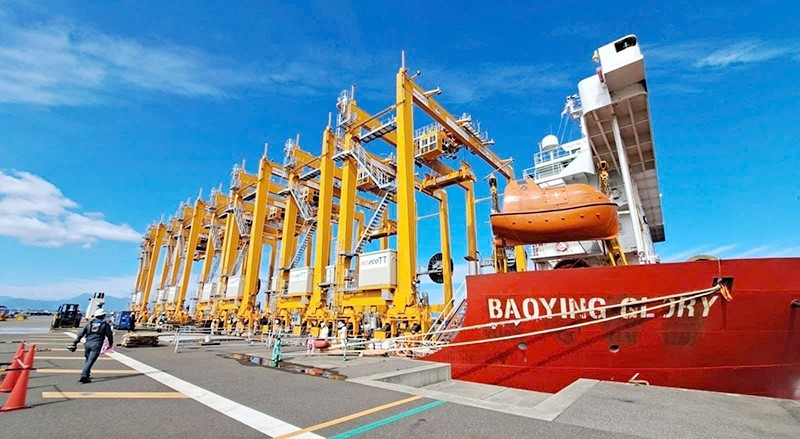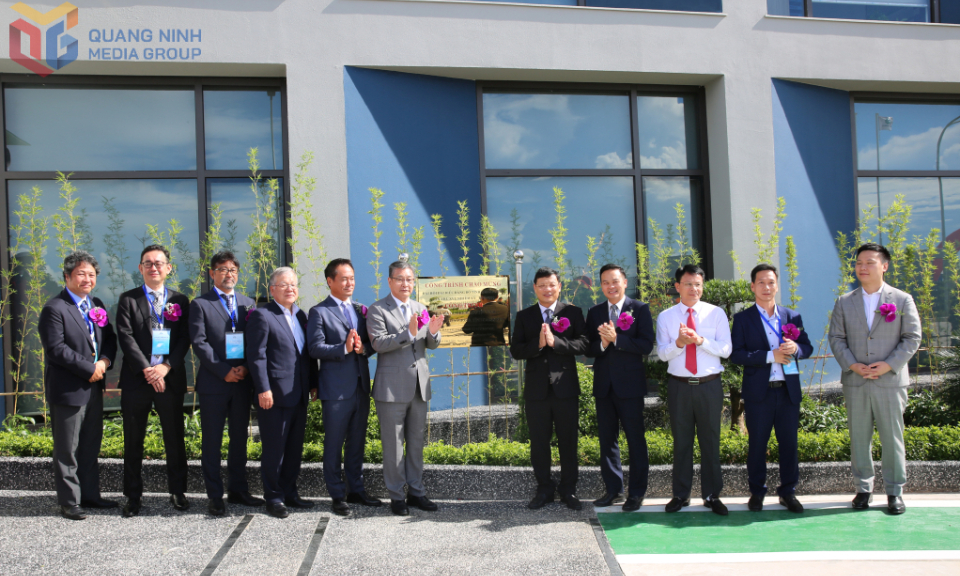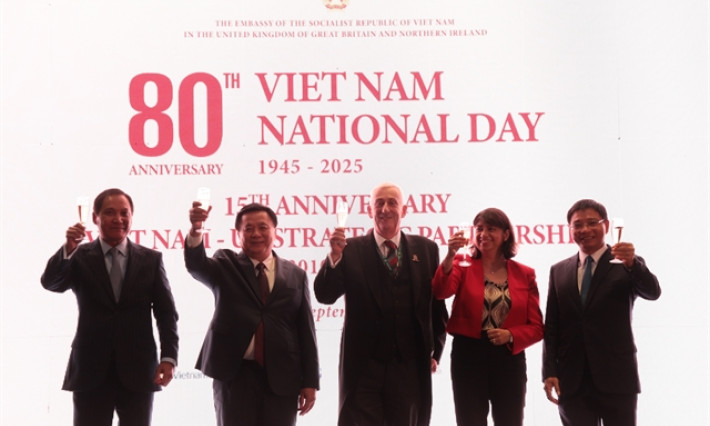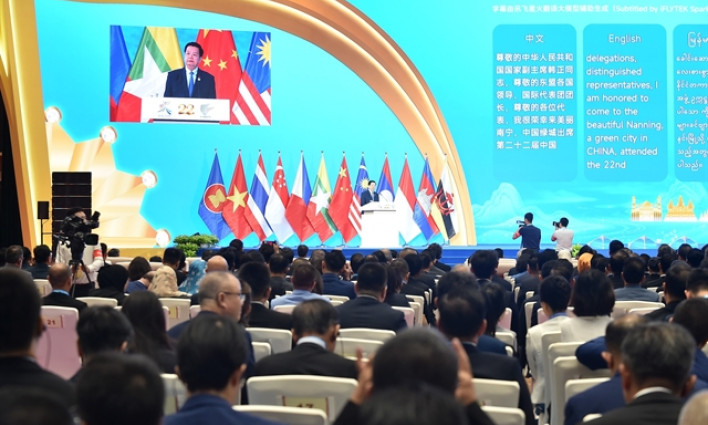Using social investment capital effectively
2024 is a year of acceleration, with particular significance to the successful implementation of the socio-economic development plan for the 2021-2025 period. 
Right from the beginning of the year, ministries, agencies and localities have been quickly implementing the tasks and solutions outlined in the government resolution on realising the socio-economic development plan for 2024.
These solutions have improved the business investment environment, removed difficulties for enterprises, promoted production and business activities, and attracted development investment to drive economic growth.
Growth drivers
The Airports Corporation of Vietnam (ACV) recently held a conference to implement the Prime Minister’s decision on approving the Ca Mau Airport expansion and upgrade project, with total investment capital of approximately 2.4 trillion VND (94.7 million USD).
According to Deputy Chairman of the Commission for Management of State Capital at Enterprises (CMSC) Nguyen Ngoc Canh, once the project is completed, Ca Mau Airport will be able to accommodate A320, A321 and other equivalent aircraft, creating momentum for economic and cultural-social development in the province and the wider region.
The expected completion time is 18 months. Ca Mau Province is working to complete site clearance in November 2024 so that the project can be completed by March 2026.
In the transport sector, enterprises under the CMSC are implementing many important projects, such as the Ben Luc-Long Thanh Expressway, container terminals 3 and 4 at Lach Huyen in Hai Phong, the T2 passenger terminal at Cat Bi Airport, the passenger terminal at Long Thanh Airport, and the T3 passenger terminal at Tan Son Nhat Airport.
In the energy sector, as of the end of the third quarter, several major projects have witnessed significant progress, such as the Nhon Trach 3 & 4 Thermal Power Plant, the Hoa Binh Hydropower Plant expansion project, the Ialy Hydropower Plant expansion project, the Quang Trach I Thermal Power Plant, and the Quang Trach II Thermal Power Plant.
Promoting the construction and development of a synchronised and modern strategic infrastructure system is one of the priority tasks set out in the government resolution. According to the General Statistics Office (GSO), as of the end of the third quarter, many major projects have been accelerated, such as the Hanoi Capital Region’s Ring Road 4 and Hanoi’s Nhon-Hanoi Station Metro Line.
Regarding the progress of projects in Ho Chi Minh City, disbursement for the poverty reduction and employment support project was completed by the end of the third quarter with a total investment of 998 billion VND (39.4 million USD), while other important projects such as the road connecting Tran Quoc Hoan Street and Cong Hoa Street in Tan Binh District and Ring Road 3 are also being accelerated.
Removing investment bottlenecks
According to GSO Director Nguyen Thi Huong, the situation of attracting and disbursing social investment capital up to the end of the third quarter shows promising signs. Total social investment capital implemented in the first nine months of 2024 recorded decent growth at 6.8%, with foreign-invested sector capital up by 10.7%, much higher than the 3.9% increase in the same period last year; non-state sector capital up by 7.1% (compared to just 2.1% in the same period last year).
The Ministry of Finance (MOF) reports that by the end of October 2024, the estimated nationwide disbursement of public investment capital was over 355.616 trillion VND (14 billion USD), equivalent to 47.43% of the target. 15 out of 44 ministries and agencies and 41 out of 63 localities achieved disbursement rates higher than the national average.
Notably, public investment has been the focus of ministries, agencies and localities since the start of the year. Many ministries, agencies and localities have issued directives for the units and investors under their authority to promote the implementation and disbursement of allocated public investment capital in 2024, contributing to job creation and stimulating production and business activities in related sectors. However, the results of public investment capital implementation in the first 10 months of 2024 have not met expectations.
Simultaneously, ministries, agencies and localities are effectively implementing tasks and solutions outlined in a directive on promoting public investment disbursement in the final months of 2024 that was issued in August, focusing on implementing allocated public investment projects, accelerating the implementation and disbursement of investment capital for ongoing projects, and launching new approved construction projects according to the established plan.
Additionally, functional agencies need to be flexible and timely in redirecting capital to projects that have recorded good implementation progress, rapid disbursement, and potential for completion in 2024 but have not been allocated sufficient capital. They should also focus on reviewing and quickly processing construction investment procedures for real estate projects that have met all conditions so that businesses can implement projects early; as well as continue to implement multiple solutions to lower lending interest rates to increase the economy’s capital absorption capacity, thereby increasing the ability to mobilise and use social investment capital.






